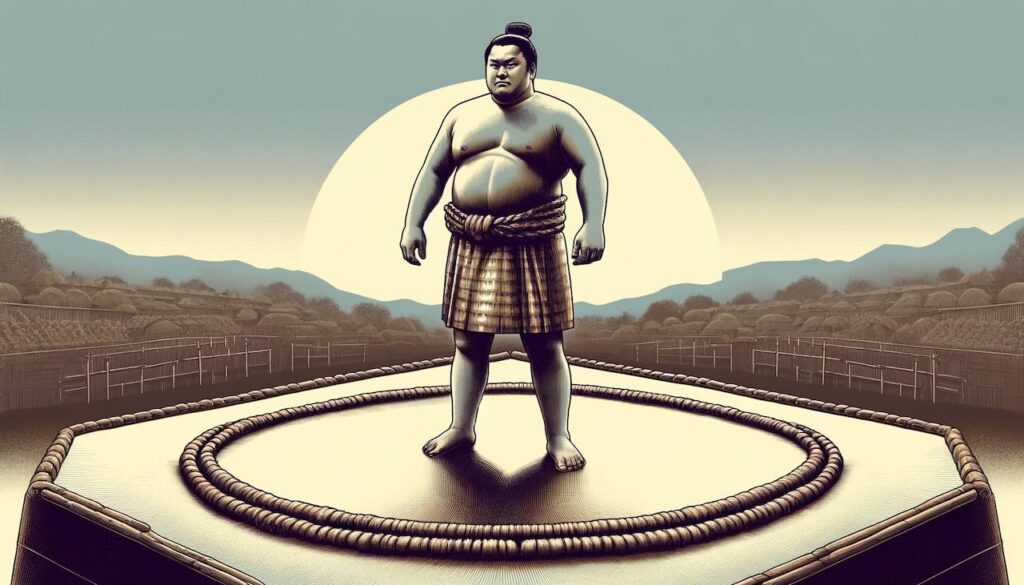Quiet, intuitive, and profoundly transformative, Zen is more than a school of Buddhism—it is a spiritual thread woven deeply into the fabric of Japanese culture. From tea ceremonies to martial arts, poetry to minimalist design, Zen’s influence is unmistakable. But where did it begin, and how did it come to define so much of Japan’s aesthetic and philosophical identity?
Let’s explore the global journey of Zen: from ancient India to modern Japan—and beyond.
The Birth of Zen: From India to China
Zen traces its roots to the Indian Buddhist tradition known as Dhyāna, meaning “meditative absorption.” This practice laid the foundation for the Chan school of Buddhism in China.
According to tradition, Bodhidharma, an Indian monk, introduced Chan to China in the 6th century. He is said to have meditated for nine years facing a wall at the Shaolin Temple, a practice known as wall-gazing meditation. His teachings emphasized direct experience over scripture, making him the first patriarch of Zen.
Zen Blossoms in China
Zen (Chan) flourished during China’s Tang Dynasty (618–907). Key figures such as:
- Huineng, the sixth patriarch, who emphasized sudden enlightenment
- Linji Yixuan, known for his sharp, paradoxical dialogues (koan)
- Dongshan Liangjie, founder of the Caodong school (which would become Soto Zen in Japan)
These masters helped shape Zen’s unique character: non-dogmatic, poetic, and paradoxical.
Zen Crosses the Sea: Arrival in Japan
Zen arrived in Japan in the late 12th century, during the final years of the Heian period. Two monks were pivotal in its transmission:
- Eisai (1141–1215): Studied Rinzai Zen in China and founded Kennin-ji Temple in Kyoto
- Dōgen (1200–1253): Traveled to China to study Caodong (Soto) Zen and returned to establish Eihei-ji Temple
These two schools—Rinzai and Soto—would become the dominant branches of Zen in Japan.
The Kamakura Period: Zen and the Samurai
During the Kamakura period (1185–1333), Zen gained widespread support, particularly from the samurai class. The Rinzai school resonated with the warrior spirit, emphasizing discipline and mindfulness.
Under shogunate patronage, major Zen monasteries like:
- Kenchō-ji
- Engaku-ji
were established in Kamakura. Zen monks also became cultural figures, producing Gozan bungaku (Five Mountains Literature)—a fusion of Chinese poetry, calligraphy, and Buddhist philosophy.
Zen and the Arts: The Muromachi Period
Zen reached into every corner of Japanese culture during the Muromachi period (1336–1573), deeply influencing the development of:
- Tea ceremony (chanoyu), especially through Murata Jukō and Sen no Rikyū, who embraced Zen’s simplicity
- Ikebana (flower arrangement), which reflected impermanence and asymmetry
- Noh theater, with its slow, meditative rhythms
- Ink painting (sumi-e), where masters like Sesshū Tōyō expressed Zen’s quiet depth in brushstrokes
Prominent monks like Musō Soseki and Keizan Jōkin bridged Zen practice with statecraft and art, leaving a lasting legacy.
Edo Period and the Common People
Zen spread more widely during the Edo period (1603–1868), with figures like:
- Hakuin Ekaku, who revitalized Rinzai Zen through rigorous koan practice
- Bankei Yōtaku, who emphasized innate enlightenment accessible to all
Zen, once the preserve of monks and warriors, began reaching merchants, artists, and farmers, becoming part of daily life.
Zen Today: Global and Timeless
In contemporary Japan, Zen continues to thrive:
- Zazen (seated meditation) is practiced in temples, universities, and wellness centers
- Shakyō (sutra copying) remains a popular form of mindfulness
- Zen-inspired aesthetics influence everything from architecture to cuisine
Internationally, Zen has found a home in the West, especially in psychology, leadership training, and mindfulness practices. From Silicon Valley to Scandinavian design, its quiet wisdom resonates across cultures.
Conclusion: Zen’s Lasting Echo
What began as a meditative discipline in ancient India evolved into a profound spiritual and cultural force in China and Japan. In Japan, Zen left an indelible mark not only on religion, but on poetry, art, architecture, and ethics.
Today, Zen offers more than a glimpse into Japanese tradition—it offers a timeless invitation: to sit still, observe, and awaken to the present moment.


